Last year, Apple showed us the next step in the development of its A-series chips. The one in the iPhone 15 Pro also received a non-standard designation. We don't expect anything big here again this year, but the important thing will come next year. However, the number of transistors increases dramatically with each chip generation.
We take it for granted that the number of transistors in chips is constantly increasing. This is thanks to Moore's Law, which was formulated about 55 years ago. Specifically, in it Gordon Moore, the co-founder of Intel, says: "The number of transistors that can fit on an integrated circuit doubles roughly every 18 months while keeping the price the same." The joke is that it's no longer true now. Apple broke this law with the M1 Pro and M1 Max chips.
The M1 Pro chip contains roughly 33,7 billion transistors, while the M1 Max has as many as 57 billion transistors. And here we already have chips of the M2 and M3 generations, and we are waiting to see what the M3 Ultra chip will show, which could be presented at WWDC24. Apple thus significantly exceeded the expectations of Moore's law and pushed the limits of possibilities in the field of chips for personal computers. But what about cell phones?
It could be interest you
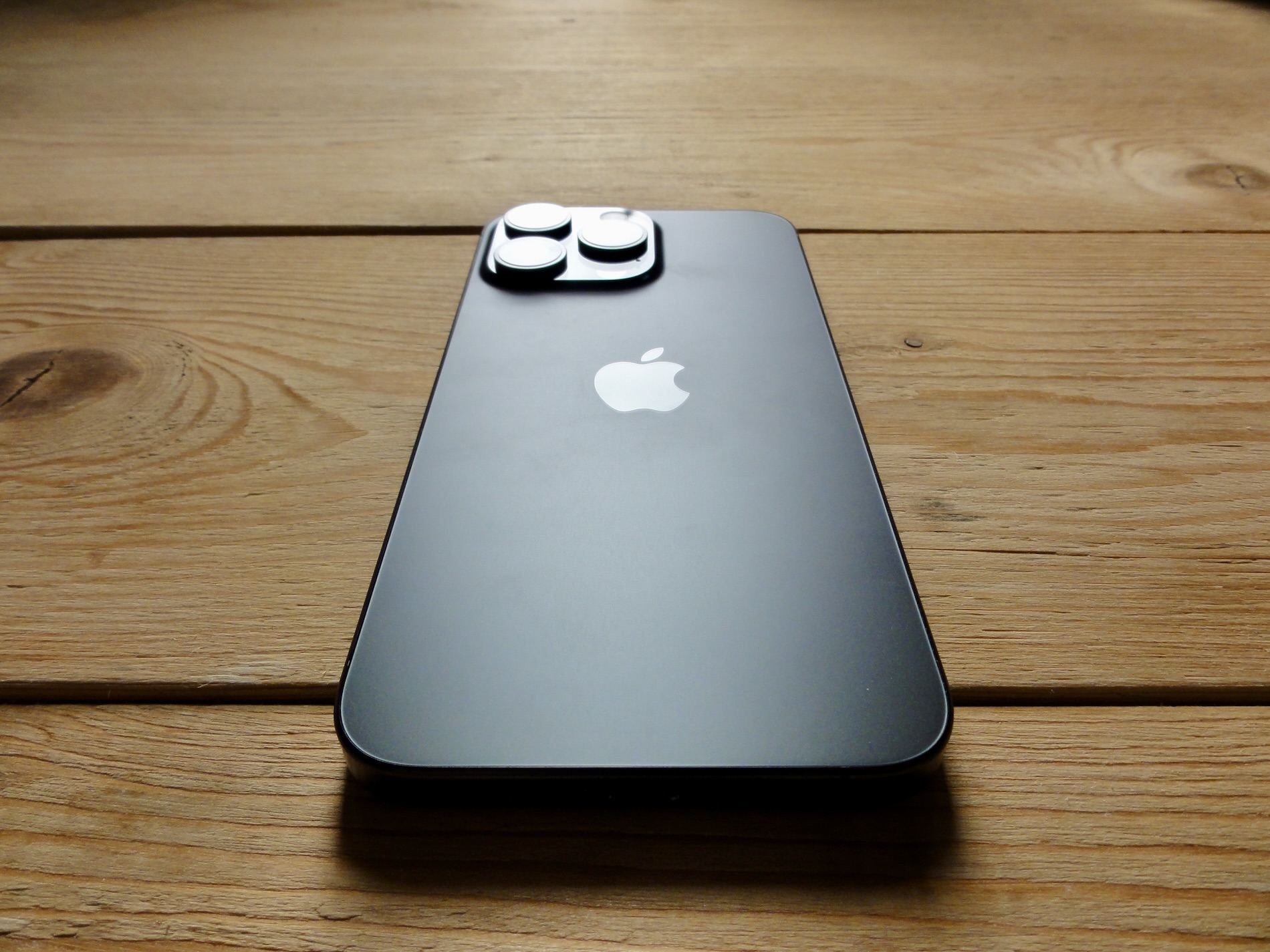
A billion or so every year
Even in iPhones, the number of chip transistors is gradually increasing, year after year. However, not as strongly as with M series chips, when even the current A17 Pro does not reach such a number as the first generation of Apple Silicon computer chip. But it is logical, because we are still talking about the mobile phone. But we will see another major leap here quite soon, namely next year. The most advanced chip in the iPhone, the A17 Pro, is manufactured using 3nm technology, which Apple only introduced last year. However, we should expect 17nm technology in a year, i.e. in iPhone 2.
The lower the technology, the more powerful the chips are and thus have a higher density of transistors and are also less energy intensive. For example, the chip in the iPhone X was made with 10nm technology, the one in the iPhone XS with 7nm, and in the iPhone 12 with 5nm technology. But what comes next? The next step should be 1,4nm technology, which in the case of iPhones can only be expected around the iPhone 19 models in 2027.
- iPhone X (2017) – A11 Bionic with 4,3 billion transistors
- iPhone XS, XS Max and XR (2018) - A12 Bionic with 6,9 billion transistors
- iPhone 11, iPhone 11 Pro, 11 Pro Max (2019), iPhone SE (2020) - A13 Bionic with 8,5 billion transistors
- iPhone 12, 12 Mini, 12 Pro, 12 Pro Max (2020) – A14 Bionic with 11,8 billion transistors
- iPhone 13, 13 Plus, 13 Pro, 13 Pro Max (2021), iPhone SE (2022) - A15 Bionic with 15 billion transistors
- iPhone 14, 14 Plus, 14 Pro, 14 Pro Max (2022), iPhone 15, 15 Plus (2023) - A16 Bionic with 16 billion transistors
- iPhone 15 Pro and 15 Pro Max (2023) - A17 Pro with 19 billion transistors



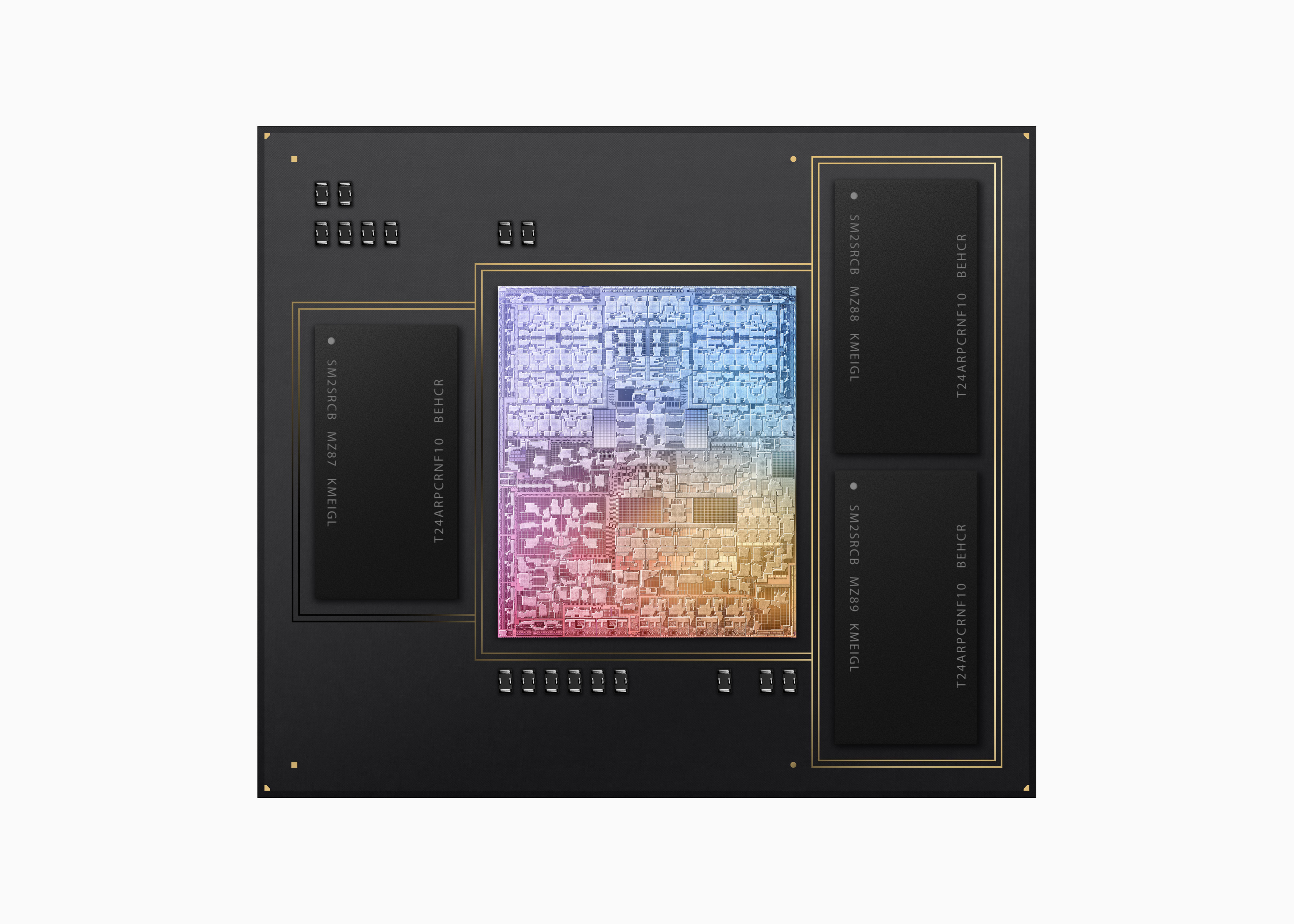
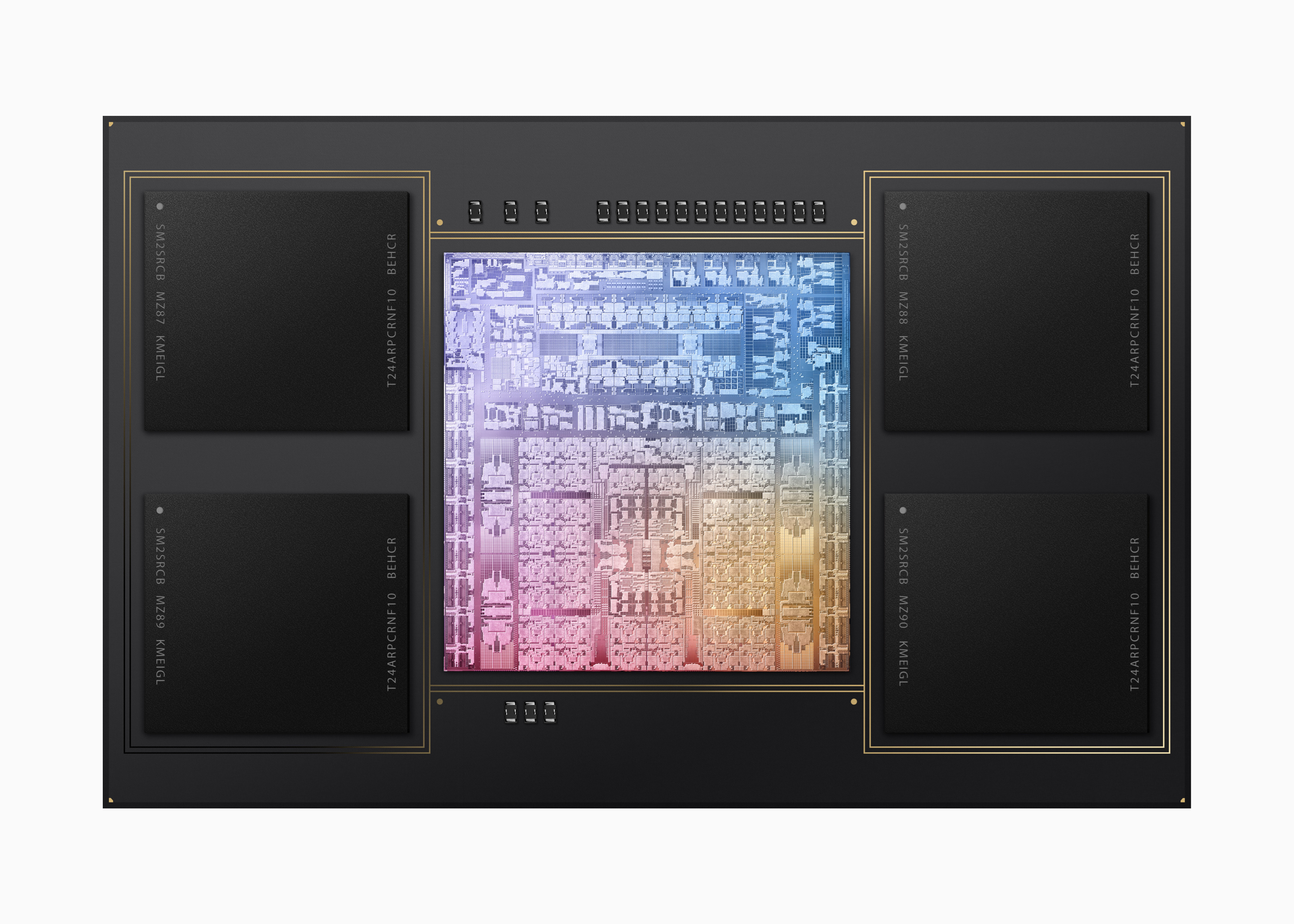
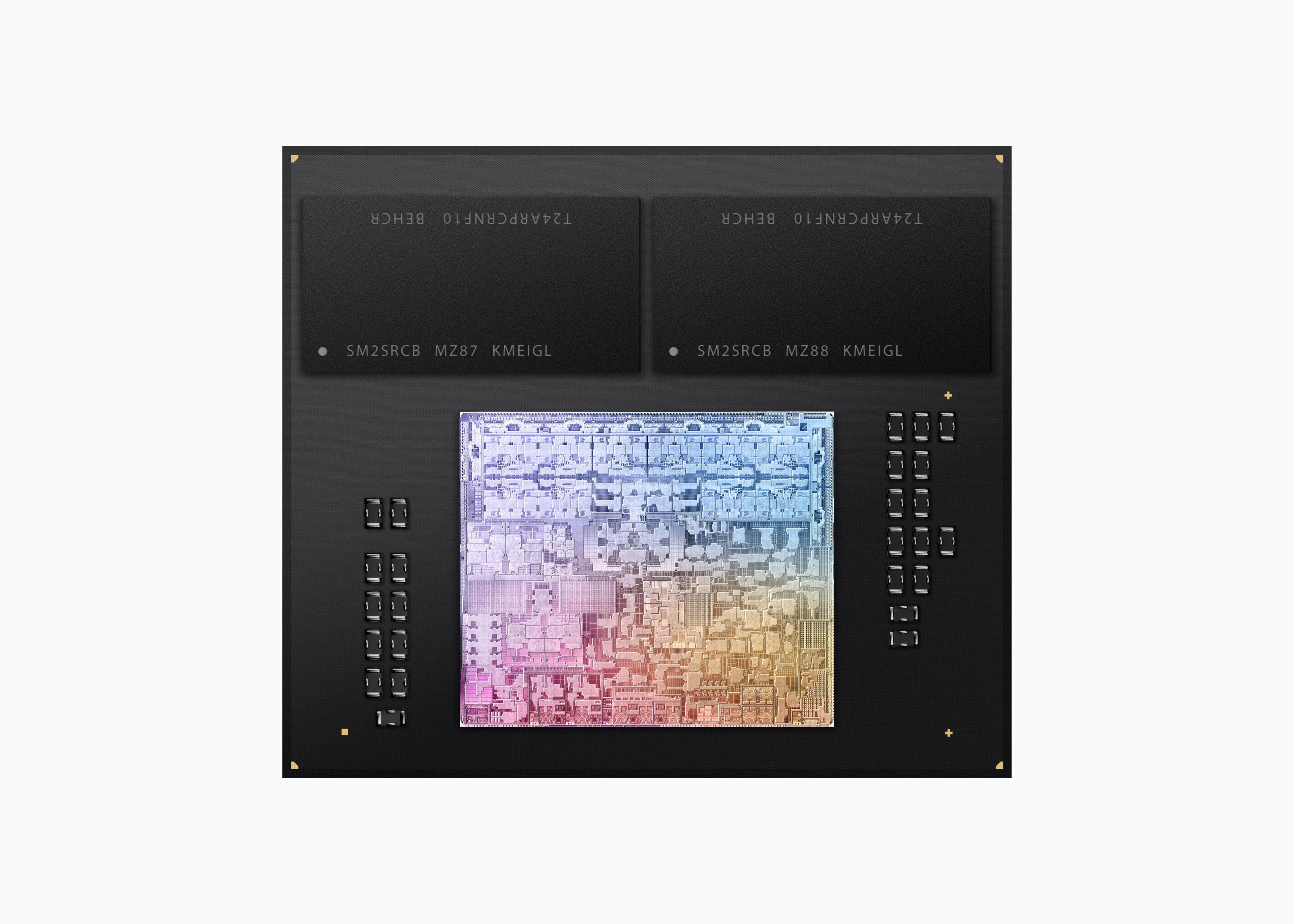
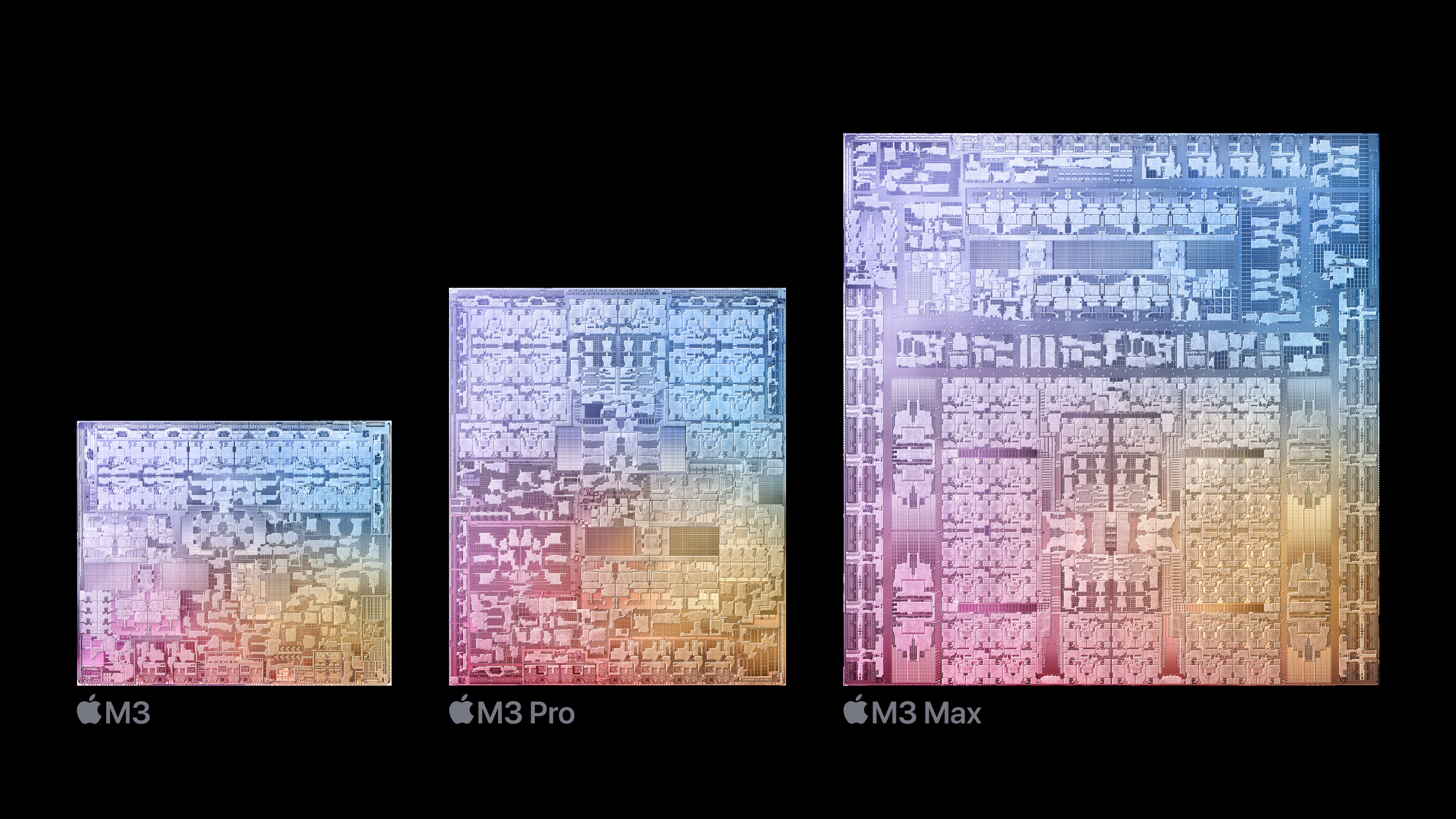

 Adam Kos
Adam Kos 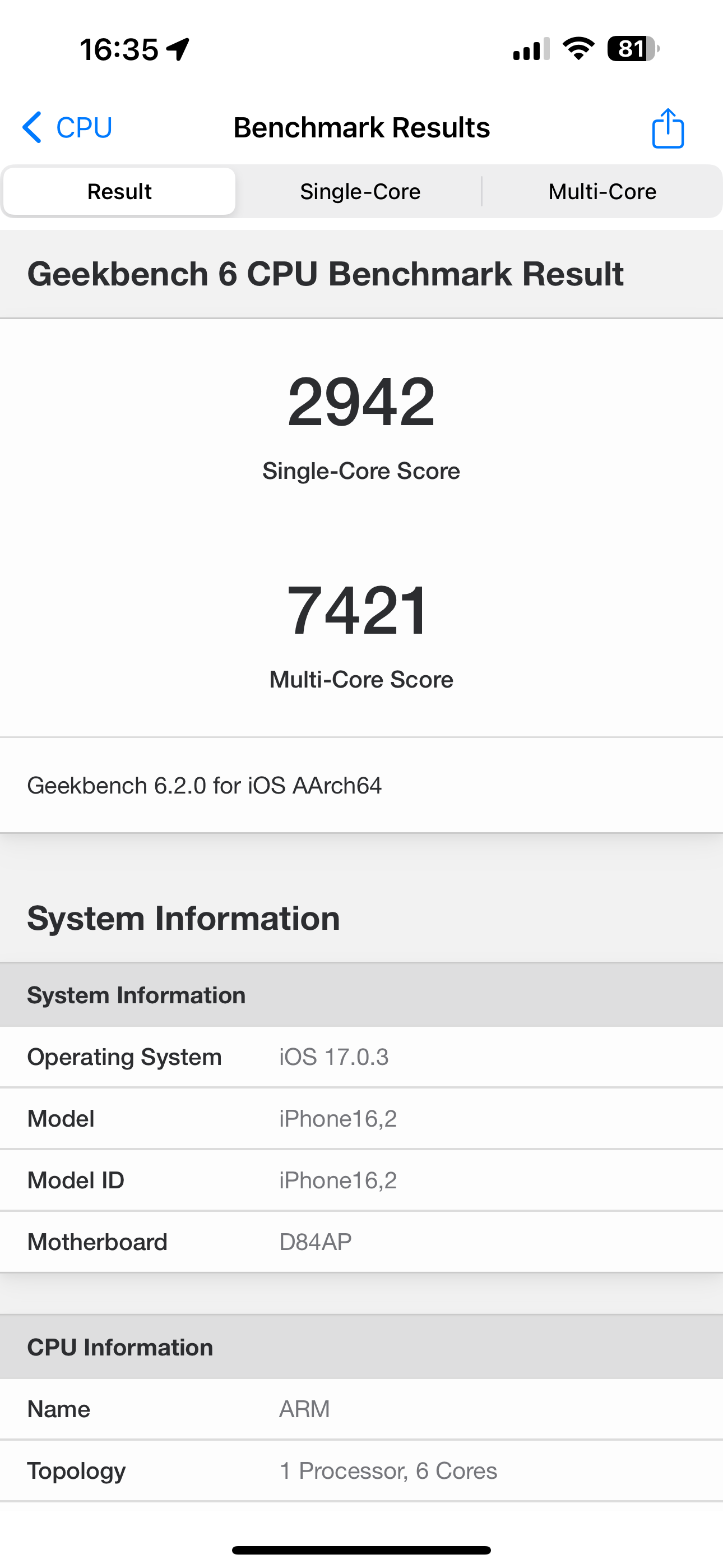
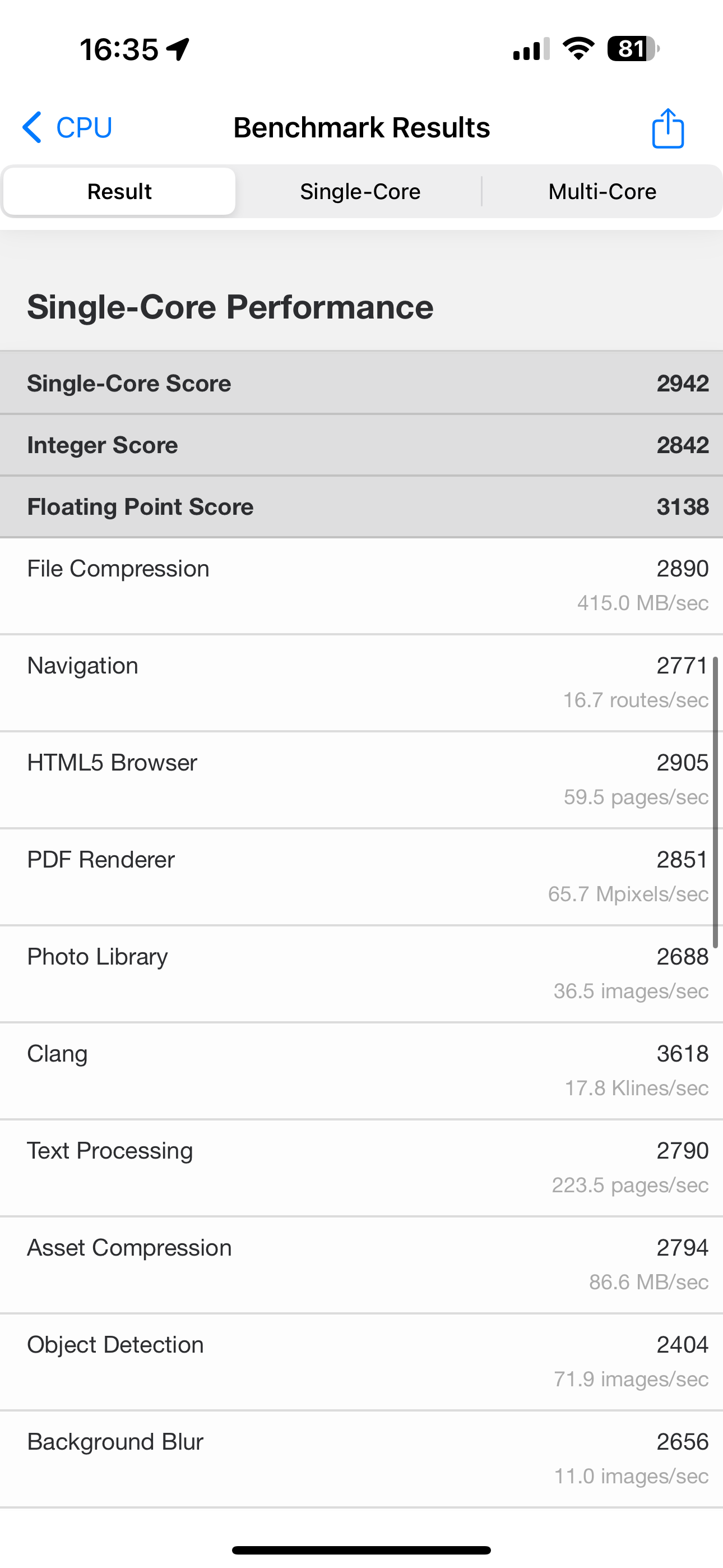
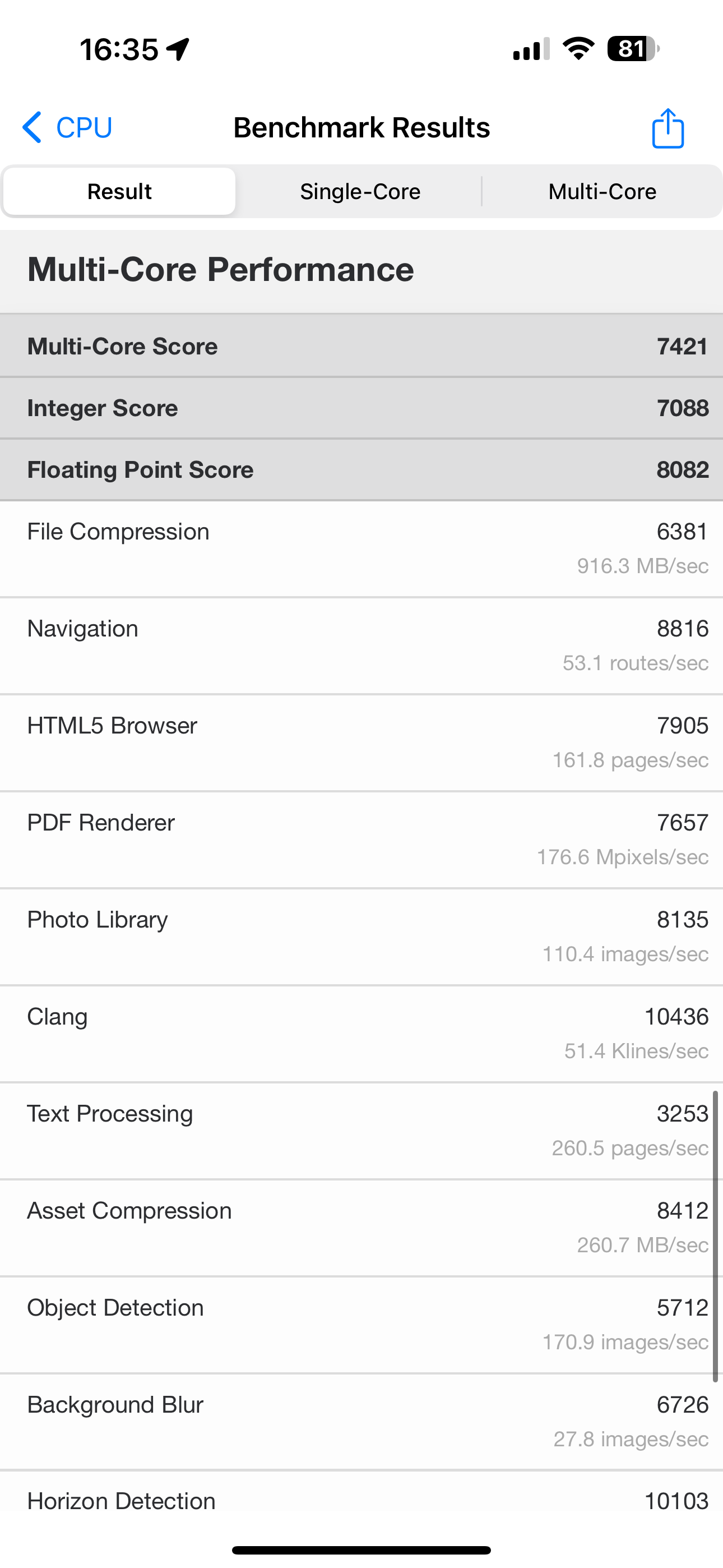


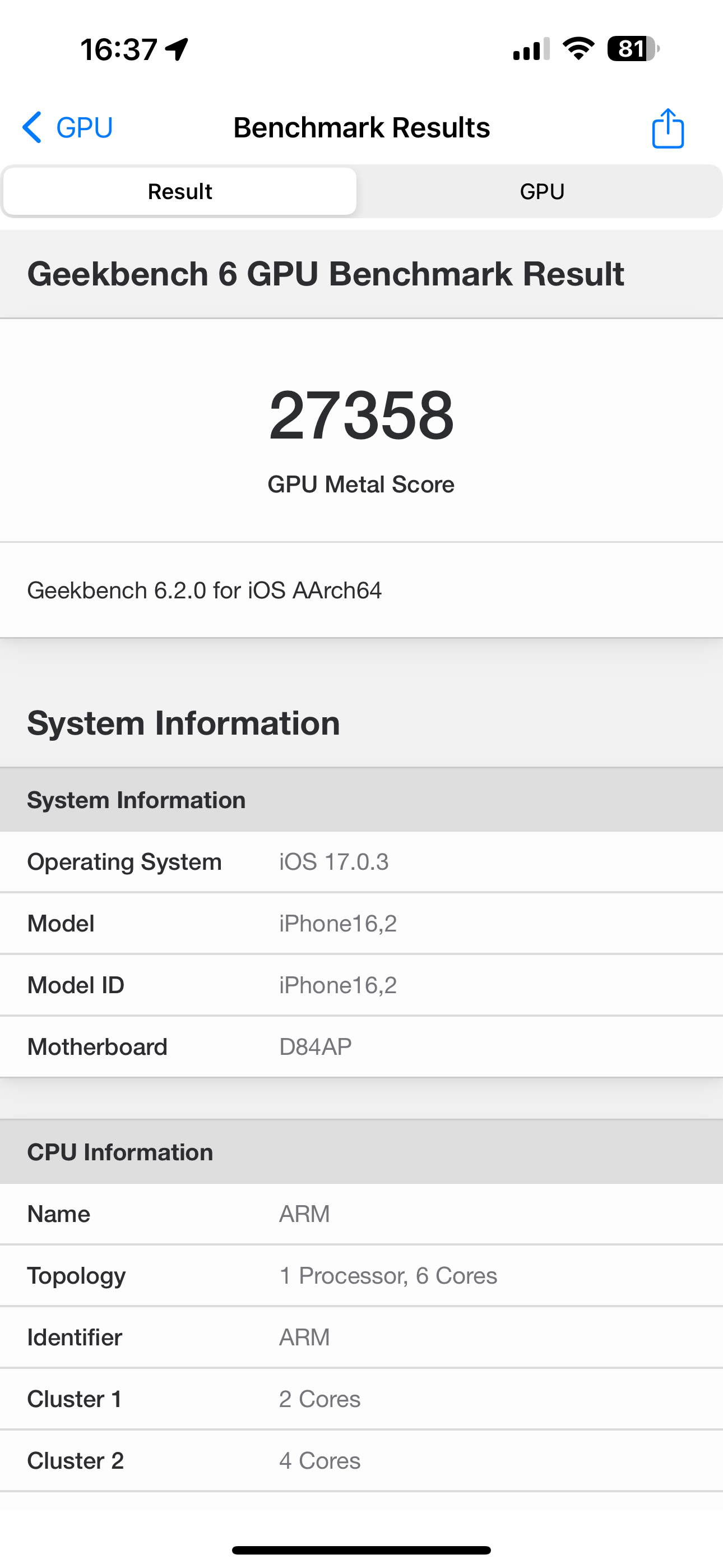


As far as I know, iPhone 14 and 14 plus also had an A15 processor, and A16 only had PRO versions + iPhone 15 and 15 plus.